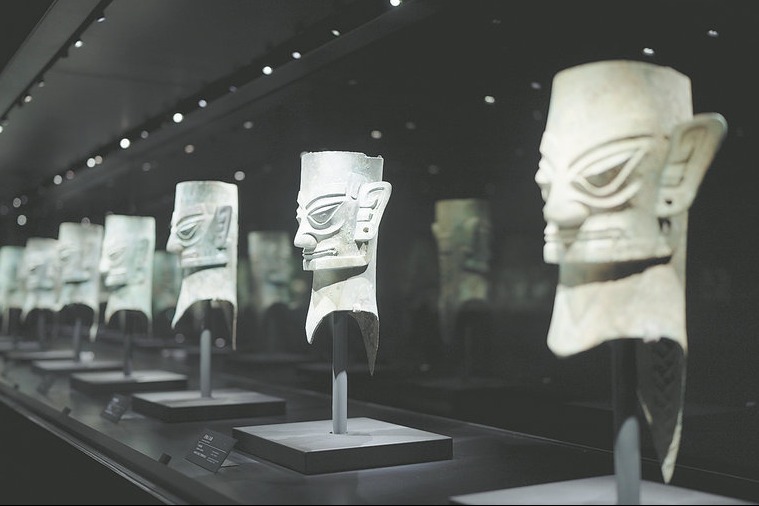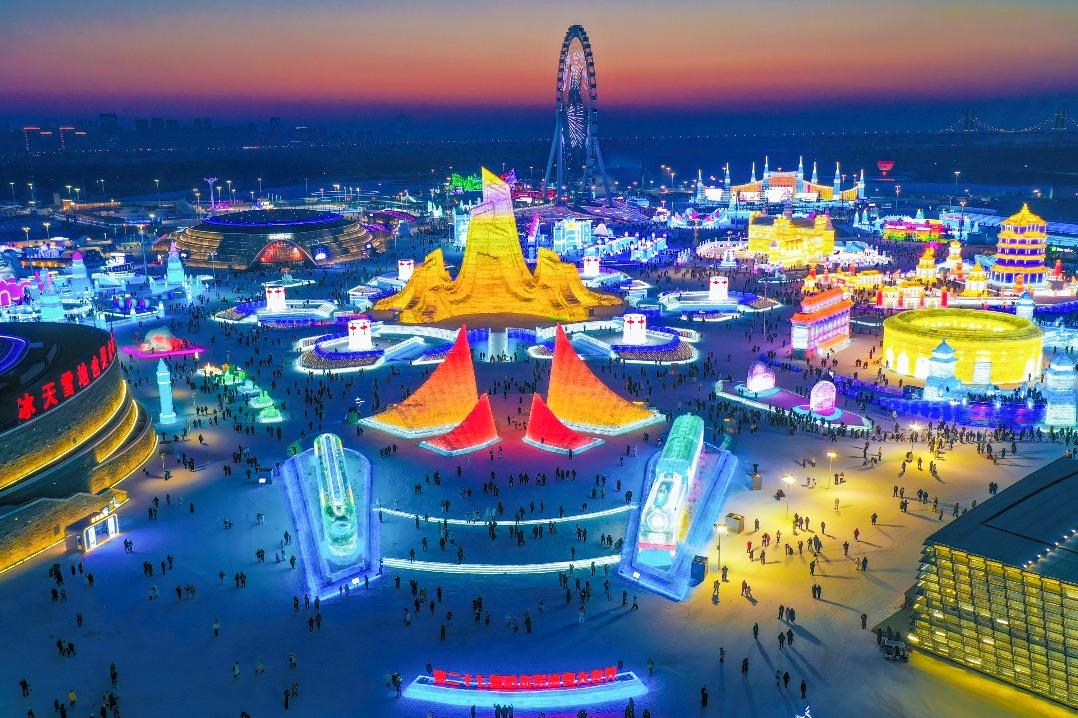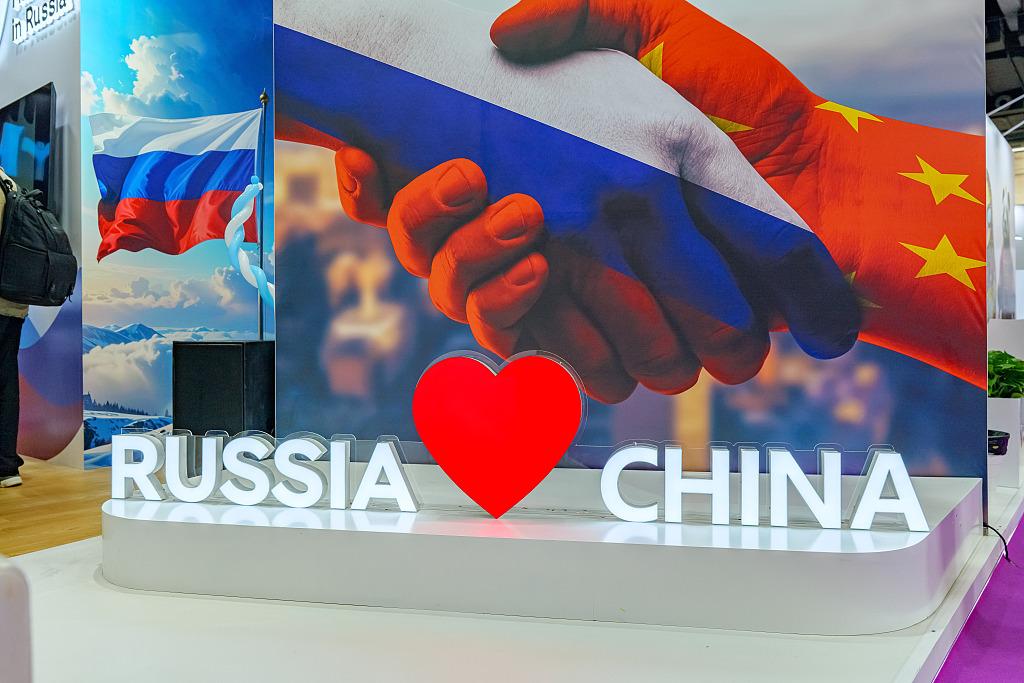US museums love Lunar New Year
By KONG WENZHENG in New York | China Daily Global | Updated: 2019-02-01 00:23

As the Chinese New Year approaches, one community is joining the rush to celebrate — American museums.
Seen as a gateway to Chinese culture, the Lunar New Year, or Spring Festival (Feb 5 this year) is widely celebrated by renowned museums across the United States as a chance to attract broader audiences, both inside and beyond the Chinese community, and to invite visitors to learn about Chinese culture.
The celebratory events that feature artworks and traditions from across Asia, with a large number associated with China, attract traffic for the museums.
The Art Institute of Chicago, ranked fourth on TripAdvisor’s 2018 top US museums list, has hosted Lunar New Year celebrations for five years. The museum saw attendance increase 24 percent during the 2018 Chinese New Year celebration, comparing with the previous year.
The Metropolitan Museum of Art in New York, the largest and to many the pre-eminent American museum has hosted a Lunar New Year festival for nine years and expects more than 5,000 visitors.
In 2018, 89 percent of all attendees indicated that they went to The Met specifically to attend the festival, according to Julie Marie Seibert, assistant educator for family programs at the museum.
Generally daylong or half-day events, the museums’ celebrations normally feature family-friendly, Chinese-themed performances and art-making workshops.
Lion dances, traditional Chinese music and dance, paper-cutting, red envelopes, scrolls and Chinese zodiacs — 2019 is the Year of the Pig — are some of the favorites.
“For each festival, we develop unexpected, multimodal activities with artists, performers, and arts organizations to connect visitors to a broader cultural community,” said Julie Marie Seibert, assistant educator for family programs at The Met.
“We hope that families from Philadelphia’s Asian communities make our Lunar New Year celebration a part of theirs,” said Elizabeth Baill, the manager of family programs at the Philadelphia Museum of Art, which has been hosting such celebrations for more than 20 years.
“Celebrating Chinese holidays like the Lunar New Year provides the museum an opportunity to present our Chinese visitors engagement tools, including the Chinese Visitor Guide, Chinese Pocket Guide, Chinese Audio Guide, Weibo and WeChat channels,” Nora Gainer, director of tourism marketing at the Art Institute of Chicago.
The museum benefits from a vibrant Chinese community in Chicago and has seen an increase in Chinese visitors in general, according to Gainer, who said that Chinese visitors’ trips to museum are projected to grow by 13 percent a year through 2020.
“Our hope is for visitors to engage in cultural exchange through a variety of activities to gain a better understanding of Chinese arts and culture,” Gainer said.
The Chinese New Year celebration is the embodiment of the museum’s mission, which is “to collect, preserve, and interpret works of art of the highest quality, representing the world’s diverse artistic traditions, for the inspiration and education of the public”, she added.
The Art Institute in Chicago is not restricting the events to museum attendees. Besides indoor activities, it also planned lion dance performance, lantern procession, and other celebratory activities in the city’s landmark Millennium Park.
In 2018, The Met saw the festival’s connection to culture and heritage as the top motivator for families to attend, with 61 percent generally interested in the culture, and 36 percent noting their children’s heritage.
The Met also plans an annual exhibition for the Chinese zodiac. This year, the six-month exhibition features pigs created by Chinese artists within the last 2,000 years.
“Chinese Lunar New Year intersects with many different traditions and art forms, and its themes of animals, renewal and family are a perfect entry point into our programs and collections,” said Baill, of the Philadelphia museum.
The celebration program is “an outreach for people who don’t usually come to the museum to be able to come and explore”, said Hiromi Kinoshita, curator of Chinese art at the Philadelphia Museum of Art.
The celebrations are entryways that would get people into the gallery even if they have no background knowledge in Chinese art, said Kinoshita, “and they might find something that is interesting or fascinating.”
For a museum that is most well known for its Western arts, the events would introduce people to its Chinese collections, and furthermore, the Chinese culture, as “art is related to Chinese culture”, she said.
“The museum is … using artworks in our Chinese collections as a lens through which visitors can learn about new traditions or enhance their family’s own celebrations at this important time of year in so many places across the world,” said Baill.
“Festivals serve as a gateway for new and diverse audiences to connect with The Met through experiences that bridge art and culture, past and present,” Seibert told China Daily.
























